The Washington Post reported in 2015 that while the United States has 5% of the world’s population it has 22% of its reported prison population. Between 0.7% and 1% of all Americans are incarcerated at any given time. Thus for many, many Americans the harsh realities of prison life are directly or indirectly a significant factor in their lives.
But what’s it like elsewhere? How different is the plight of an inmate overseas, or elsewhere on the American continents? Where would a prisoner have it best? Where would it likely be worst? Where are policies in place that would be unthinkable anywhere else? Time for a worldwide cell inspection to find out!
10. China’s Humanizing and Dehumanizing Guards
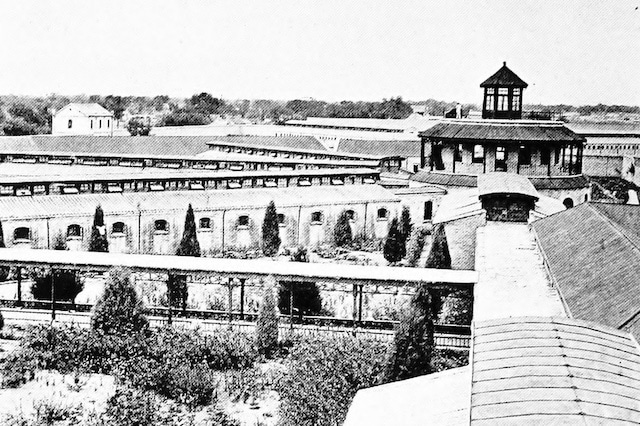
Prions in the People’s Republic of China are notorious for their harsh treatments of inmates and generally arduous work conditions, but there are many reported attempts at prison reform. One of the more interesting came out in 2019, when Sixthtone.com reported that Shanghai’s Nanhui Prison was experimenting with having its guards offer counseling services to inmates. There is a particular emphasis on having prisoners vocalize their mental health problems to the guards, although only for the more extreme cases instead of for the general population. One Chen Fulin said that he offered counseling to the four to six most troubled prisoners out of the 10-12 under his watch at any time.
If increasing the psychological toll of people already performing a difficult job and having people open themselves emotionally to people many would describe as their natural enemies seems problematic, it is perhaps unsurprising that Chinese prison guards have been forthcoming with their work issues. In 2020, a new Sixthtone.com article reported that 300 hour months (which might not sound like much until you consider it’s the equivalent of 37 eight hours shifts) are increasingly common. Security cameras actually made this worse for many guards, as many themselves will be checked on security cameras instead of being able to take short breaks, although they answer the age-old question of who watches the watchers.
To deal with these strains, there are experiments that promise to lighten the load while threatening to take away the human element. In 2019, even as Nanhui was experimenting with more humane guards, Yancheng Prison installed artificially intelligent monitors in literally every cell to look for “unusual” behavior and monitor the general health of prisoners. It also cut down on the risk of prisoners being bribed, which was a particular problem as inmates there tended to be more affluent. Such is the duality of the world’s largest police state.
9. Brazil’s Overtly Prejudicial System

It is a common criticism of penal systems around the world that they are harsher on minorities. For example in the US, no one will be surprised to learn Latinos are 1.3 times more likely to be incarcerated than caucasians, and African-Americans are about five times more likely, though these rates have reportedly been declining in recent years. Yet Brazil takes this to a level where it’s written law, at least as far as education is considered.
As reported by the Christian Science Monitor in August 2020, Brazilian law explicitly states that people who have been arrested and are awaiting trial that have college degrees are to be put in private cells. They’re even required to be put under house arrest. That might not sound as great, but considering the violent gang presence in general populations for Brazilian jails which in many cases are so overcrowded that they are kept at literally double their designed capacity, it can literally be a matter of life or death.
8. Television Friendly Norwegian Prisons
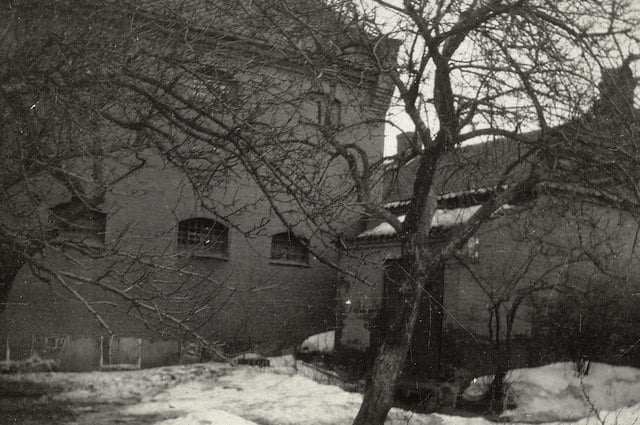
“Prison cells with televisions” sounds like something out of a lowkey science fiction story or how a social critic would describe our modern homes. For Norwegian inmates, it’s a likely reality. At least, to those sent to the Halden maximum-security prison. Built in 2010, inmates are permitted a flat screen in their cells on the condition that they provide it themselves. They also are allowed private showers, but presumably they don’t have to bring their own.
If this seems like it’s going infuriatingly soft on prisoners, it’s still in keeping with Halden’s general policy, and the broader Norwegian government position regarding incarceration. This is a country where the maximum length of a sentence is 21 years, and the design for this particular prison includes covering the concrete outer wall in greenery, and the prisoners get their own showers. Perhaps it is not the harshness some desire in the repayment of debts to society, but it has lowered the recidivism rate, and the number of fights in Halden is unusually low. Indeed, considering that inmates in Halden are ten times more likely to commit suicide in prison than the general population (compared to eight times higher in America) Halden inmates present a much higher danger to themselves than they do each other. We will return to the subject of prison suicide shortly.
7. The World’s Escape Capitol
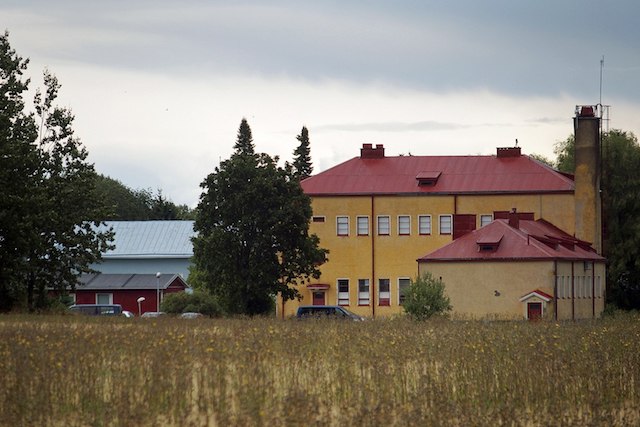
TopTenz has long appreciated a good story of a prison escape. We mean, we really appreciate it. Looks like our best bet for more stories is Finland. While in America in 2013 there were 10.5 escapes per 10,000 prisoners, in Finland it’s roughly 45 per 10,000.
The reason Finland’s prisoners escape so often relative to America is largely because Finland has moved to a new and staggering degree of leniency. Nearly one-third of Finnish prisoners are in “Open Prisons”, which essentially translates to people who are living free but who are required to perform considerable community service at minimum wage rates while either paying rent or studying under curriculum. Under conditions where supervision can often only be a real factor of life during trips outside the community, escape is so easy that no doubt at least a few prisoners have accidentally escaped by accident. Reportedly the only reason that many more don’t do it is that they believe they would have a lower quality of life while on the lam.
6. France’s Suicide Problem

We mentioned that the suicide rate among Norwegian prisoners was unusually high, but it’s far from the highest in the world. Indeed, in 2013 it was reported that France’s prisoners killed themselves at twice the rate prisoners did on average in other European countries. In 2017 it reached a level where 12.6 per 10,000 French inmates committed suicide while in prison.
There are a number of factors this has been attributed to. For one, France has the second longest average length of incarceration in Europe (#1 is Azerbaijan) with 31.1 months. France has also consistently been in the top three for European countries with the largest amount of overcrowding. In addition to these contributing factors, France in general has a much higher suicide rate than average, just under those of Finland, Belgium, and Eastern European nations. While France is not the worst in any one of these regards, it seems to be the confluence that is taking such a toll on its inmates.
5. Constantly Closing in the Netherlands
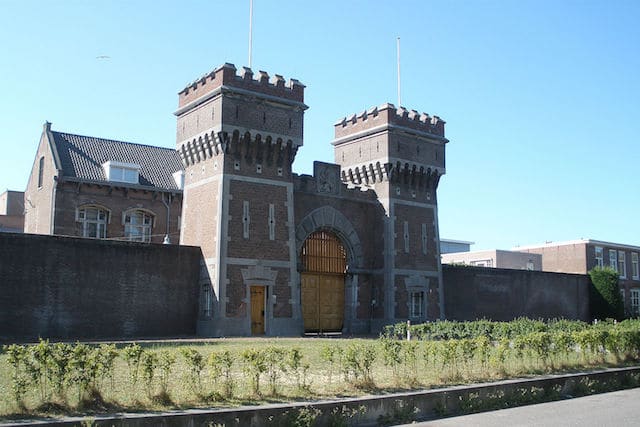
Even with such a grim subject matter as prison, all is not bleak. In the Netherlands, the rate of incarceration has been trending downward sharply. Between 2008 and 2018, the number of annual prison sentences dropped from 42,000 to 31,000. Between 2014 and 2019, 23 Dutch prisons were closed. So severe was the lack of demand for prisons that the nation began importing prisoners from Belgium and Norway. That said, a prisoner shortage feels like it should be entry #1 on the list “Top 10 Problems Countries Want to Have.”
As with the other entries on this particular list, it’s due to a number of factors. For one, Dutch prison sentences are so light that roughly 50% of inmates are only sentenced for one month (for comparison, the Federal Bureau of Prisons reports that 59.2% of US inmates are sentenced to three to 15 years). For another, Dutch courts moved to favor fines over prison sentences. Additionally there has been a massive shift to mental health and psychiatric treatments over punitive measures in recent years. There are definitely critics of the program, such as in 2019 when The Guardian reported that a Dutch police union claimed that there was an underreporting of crime.
4. Bolivia’s Tourist Prison
There are plenty of people that will compare visiting a zoo to touring a prison for fun, but apparently there are those that will take the next step in making that metaphor a literalism. In 1996, it was reported that the prison community of San Pedro, located in the city of La Paz, was allowing tourists in to see the sights or even “party” with the inmates. For years this was an open secret. So open, in fact, that the lid was blown inl 2009 when a Bolivian local television production covering an incarcerated politician uncovered the flow of tourists accidentally.
If you’re wondering how a prison could possibly be the least appealing to a tourist, it’s in large part because San Pedro isn’t a conventional collection of cells as it is a ghetto, or rather a city block that got walled off. It’s an unusually stratified prison, as inmates are required to pay for their own quarters, which practically required the prison to charge different rates for different detention areas, some of which were practically penthouses. With San Pedro effectively making a giant joke of the Bolivian legal system, there were numerous calls to close the corrupt institution down. To date they have all failed, and San Pedro still posts its opening and closing hours on Google.
3. Zambia’s Extreme Overcrowding

While economic conditions in Africa have been improving in recent years, such as the fact that in 2018 roughly 35% of the continent’s roughly one billion people reached middle class lifestyles and in nations such as Kenya 60% of people had regular access to the internet, it will be a long time before the continent is no longer associated with famines, civil wars, refugees, and general hardship. Naturally convicts are among the most vulnerable people in its nations. Those incarcerated in Zambia gained particular scrutiny after Vice President Guy Scott went on a well-publicized inspection in 2012.
Guy Scott found that while the nation’s 53 prisons had been intended to house roughly 5,000 prisoners (and considering that they were leftovers from when Zambia was a British colony, it could be considered a given that the facilities were not state of the art even when they were built) that more than 17,000 prisoners were housed in them. Some cells that were designed for one person held as many as 15. It was the ideal situation for outbreaks of tuberculosis, typhus, and diseases of that general nature. As if that wasn’t bad enough, by 2018 the number of prisoners had risen to 21,000. While the number of prisons had increased to 90 by then, many of them were open air prisons were the inmates were left more vulnerable to the elements.
2. Japanese Communication Restrictions
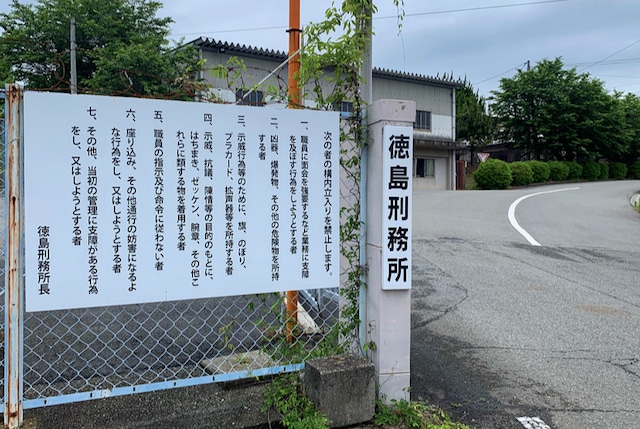
Compared to Zambian prisons, Japanese prisons which at times such as 1994 were only at 70% capacity might seem like paradises. Still, there are a number of more psychologically torturous practices therein. The most striking is that prisoners are only allowed to talk to each other for about three hours a day during designated break and exercise periods. Also all communication, including all material read, television or other media consumed, must be done exclusively in Japanese.
If that seems like immigrants who don’t speak Japanese are being targeted for discrimination, the prison system has actually been unusually accommodating in a sense. Many prisons have separate cells that are specifically designed to more closely resemble Western prison cells to segregate prisoners, surely the least pleasant way for somewhere to feel just like home. This can be a double-edged sword, as many foreign inmates are effectively put into default solitary confinement.
1. Mexican Prisons Escape Leniency

It turns out one of the most bewildering practices in a foreign prison from an American perspective is practically next door. As reported by Time Magazine in 2015, if a prisoner escapes from Mexican prisons without committing violence against any of the guards or others, or if no prison personnel aid in the escape, there will be no extension to their sentence or other official punishment. The logic behind this was written in a Mexican supreme court ruling by Victor Castro that since the desire for basic freedom is “implicit” in every person. There are similar laws in Belgium, Germany, the Netherlands, and Australia.
Not that Mexican prisons are any sort of kumbaya attempted-utopia: There are many instances where guards can shoot escapees to kill. That is much more restricted even in some areas in some areas of the US such as New York state. Still, it’s probably for the best that any inmate who needs to escape a prison feels it’s in their best interest to be as non-violent in the process as possible.
Dustin Koski also wrote A Tale of Magic Gone Wrong, a novel about a village of fairies that get turned into monsters.